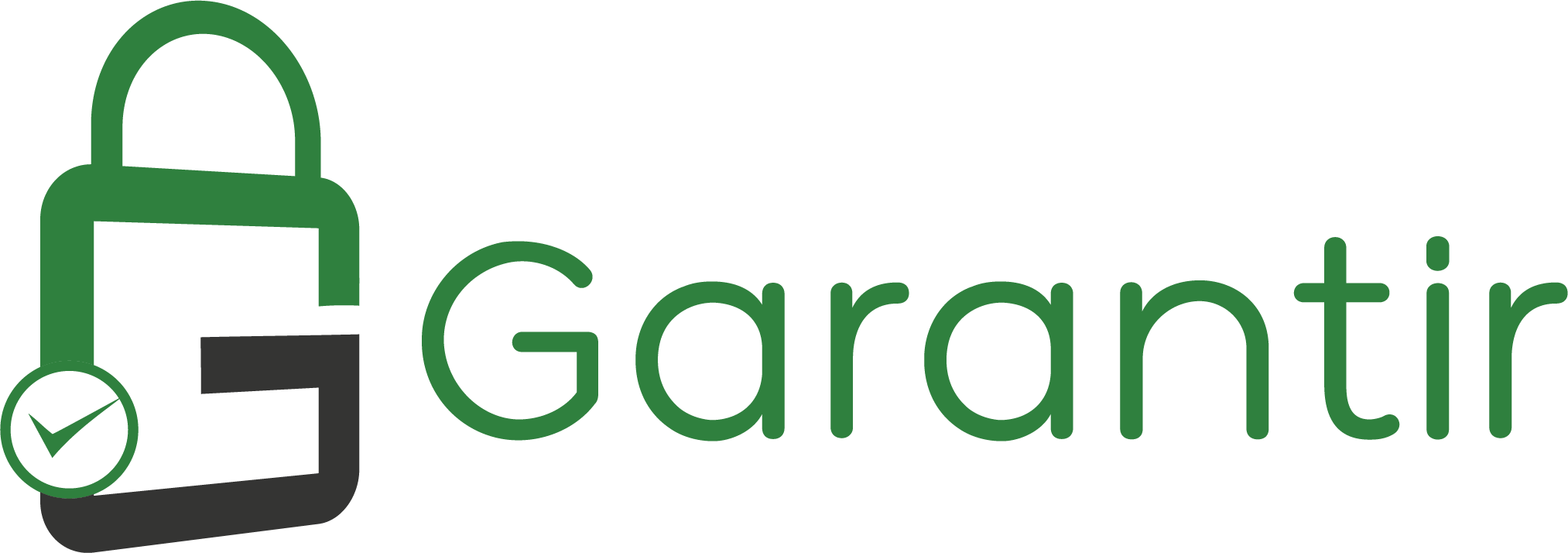Microsoft Translator expands to 20 Indian languages, empowering linguistic diversity
With
the aim of strengthening support for all major Indian languages, Microsoft
India announced the addition of four new languages: Bhojpuri, Bodo, Dogri, and
Kashmiri, to Microsoft Translator. With this latest release, Microsoft
Translator now supports a total of 20 Indian languages, including Assamese,
Bengali, Gujarati, Hindi, Kannada, Konkani, Maithili, Malayalam, Marathi,
Nepali, Odia, Punjabi, Sindhi, Tamil, Telugu, Urdu. This brings Microsoft
Translator a step closer to its goal of supporting all 22 official Indian
languages and now covers the languages spoken by almost 95% of the country’s
population.
With the enhanced coverage, Microsoft Translator will enable
opportunities for better education and literacy by assisting comprehension in
native language, improved governance, communication, and information outreach
in native languages. It will open new economic opportunities for local artisans
and businesses, allowing them to connect with a broader audience. Most
importantly, this expansion contributes to the preservation of indigenous
knowledge and cultural identity by bridging the gap to the mainstream.
The translation feature can be accessed through the Microsoft
Translator app, Edge browser, Office 365, Bing Translator, and
the Azure AI Translator API for businesses and developers, which is
being used by companies such as Jio Haptik and Koo. Users can translate between
the newly introduced languages and more than 135 languages for their apps,
websites, workflows, and tools with Azure AI Translator.
Businesses can also avail multi-language support for translation of e-content,
e-commerce product catalogues, product documentation, and internal
communication, among others.
This
new update will impact close to 61 million people. Bhojpuri is spoken by around
51 million people in eastern Uttar Pradesh, Bihar, and Jharkhand. Bodo is
spoken by approximately 1.4 million people in the states of Assam and Meghalaya
and neighboring Bangladesh. Dogri is spoken by 1.6 million people in Jammu and
Kashmir, Himachal Pradesh and Punjab. Kashmiri is spoken by around 7 million in
Jammu and Kashmir and parts of neighboring Pakistan. Access to technology-based
solutions across language markers drives democratic empowerment. Microsoft’s
collaboration with Jio Haptik and the integration with Microsoft Translator
plays a pivotal role in bridging linguistic divides and empowering India’s
diverse communities through technology access for all major Indian languages.
Swapan
Rajdev, Co-founder & CTO, Jio Haptik said,
“Multilingual support, especially for Indian languages, is crucial for any
company striving to provide top-tier customer service in India. It reflects a
brand’s commitment to diversity. While most software supports the commonly used
Indian languages, Azure’s plan to expand its offerings in Indic languages takes
it much further! This development is quite exciting for Haptik because it
offers our customers the opportunity to be more inclusive and reach a wider
audience. They can now provide support in languages like Bhojpuri, Bodo,
Kashmiri, Dogri – which is phenomenal! In fact, we have observed that Haptik’s
multilingual bots experience increased usage, further highlighting the
significance of catering to users in their preferred language.”
Koo’s business too has made positive inroads, facilitating
inclusive communication and fostering the growth of digital communities.
Harsh Singhal, Head of Machine Learning, Koo, said, “At Koo, we
are focused on fostering connectivity and empowering diverse communities to
thrive in a digital world. 80% of the world speaks a native language, other
than English and Koo is committed to providing these native speakers a voice to
express themselves in their language. Translation plays a critical role in
enabling us to break language barriers and with Microsoft Azure we have been
able to do millions of translations seamlessly across 60 languages,
including 10 Indian languages, thereby paving the way for digital communities
to flourish.”
Rajiv Kumar, managing director, India Development Center,
Microsoft India said, “We believe that technology should serve as a bridge,
enabling everyone to reach their full potential. We are dedicated to creating
solutions that enable accessibility and broaden the reach of technology and
language as a medium to empower every individual on the planet. We are happy to
introduce Bhojpuri, Bodo, Dogri, and Kashmiri on Microsoft Translator and move
closer to our goal of supporting 22 official Indian languages. We stay
committed to supporting India’s diverse languages and culture by leveraging the
most advanced AI technology to drive the country’s growth and make access to
technology more inclusive.”
Bringing Deep Neural
Networks to language translation
Microsoft has been using Deep Neural Networks to develop
language models for translating and transliterating complex Indian languages.
Deep Neural Networks are also sensitive to minor linguistic nuances such as
gender (feminine, masculine, neutral), politeness level (slang, casual,
written, formal), and word type (verb, noun, adjective). Microsoft continuously
improves the translation models in line with tech advancements and usage, and
releases newer, improved versions in a transparent manner.

































Leave A Comment